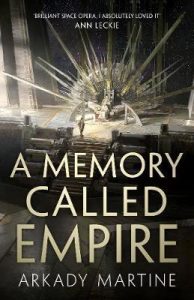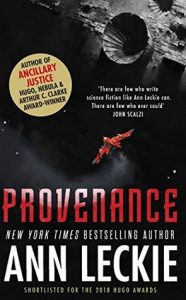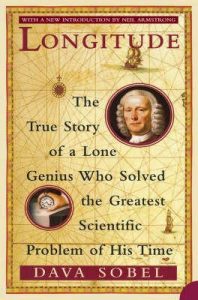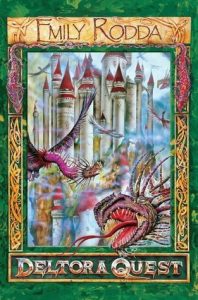CoNZealand, the first online world science fiction convention, has come and gone. While there were some obvious teething pains, in general it turned out much better than I had feared. It wasn’t the same as meeting people in person, but there were compensations, starting with all the CO2 not emitted by thousands of people jetting around the world to converge on one spot.
For me—someone whose hearing is deteriorating, and whose auditory processing may never have been entirely “normal”—the zoom meeting format was actually a win. It cut out all the extraneous distracting audience noise and gave a surprisingly intimate feeling of being right in the middle of a small and easy-to-follow conversation. The audience chatter was still there, but forced into text in the chat room side panels, in the form of one big conversation instead of many small ones. The chat was usually at least as interesting as the panelists’ discussions, sometimes more so. I’m sure that for many people it was annoying to have to type out their thoughts instead of merely voicing them, but I loved it! No more nudging my partner and hissing, “What did they say?”
So, yes, I had fun and I would be happy to do this again.
A few other observations and tidbits, in no particular order:
- The most annoying part of the online conferencing came from the few speakers who were using handheld devices. The camera shake threatened to give me motion sickness.
- Discord worked well as the medium for carrying long threads of conversation, but it didn’t play nicely with an ongoing separate instance of itself, where I was in a game using a different login. I eventually gave up and took advantage of the unusual circumstance that my GM (my daughter) is living in the same house, telling her to let me know whenever it got to be my turn.
- My TBR pile already reached to the moon. It now wraps around it a couple of times and starts back again, especially after one of the panelists (Valerie Valdes, IIRC) in the session on modern space opera dropped a list of some three dozen titles into the chat. So many lovely books, will I ever find time to read them all?
- I didn’t watch the Hugo award ceremony, partly because I never seem to be very in tune with popular opinion, so I was pleasantly surprised that my pick for Best Novel won. Congratulations to Arkady Martine for her win with A Memory Called Empire. Great book!
- Cyborgs are not only coming, they are already here. Cochlear implants, pacemakers, intraocular lenses, insulin pumps… We are already creating technologically-enhanced humans, and the pace and capabilities of the modifications will likely only increase.
- This was Robert Silverberg’s 67th world con. Wow. Just…wow.
- And one final random factoid: the colour orange was named for the fruit and not vice versa. Before the fruit was introduced to England in the early 16th century, the colour was called yellow-red. The lack of a distinct name is why people with bright coppery hair are called “redheads.”









